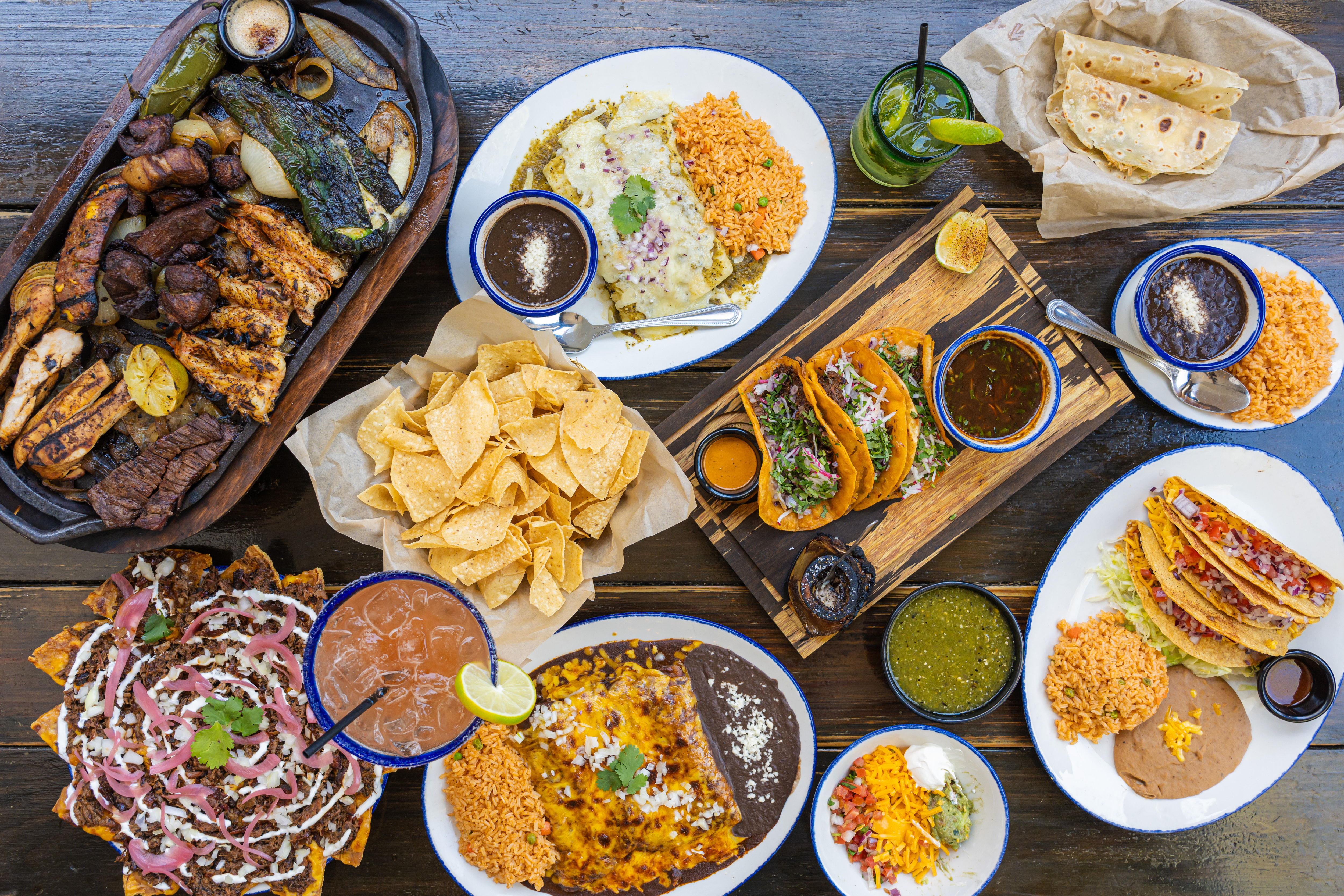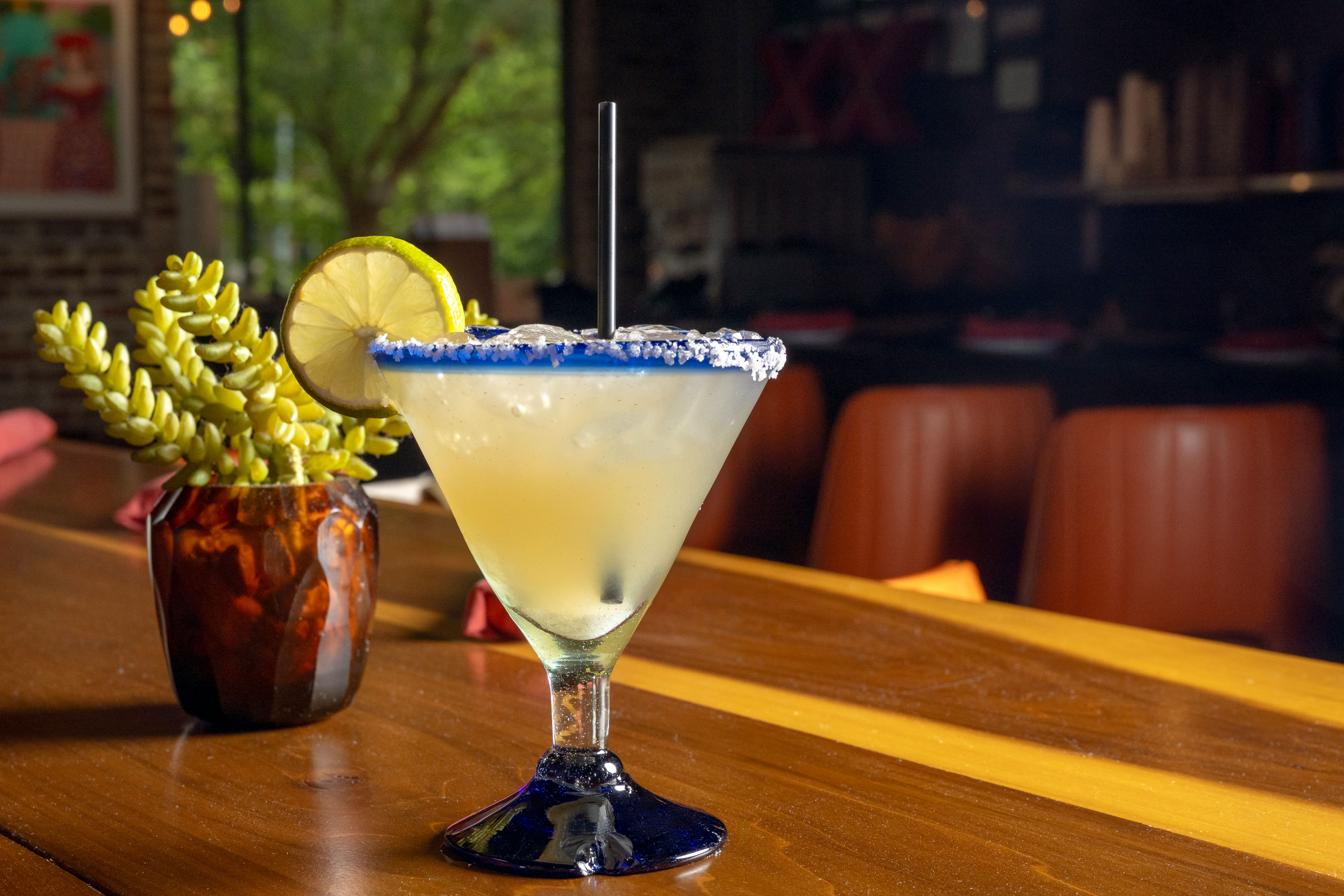RDG + Bar Annie Is Dead, Long Live Café Annie
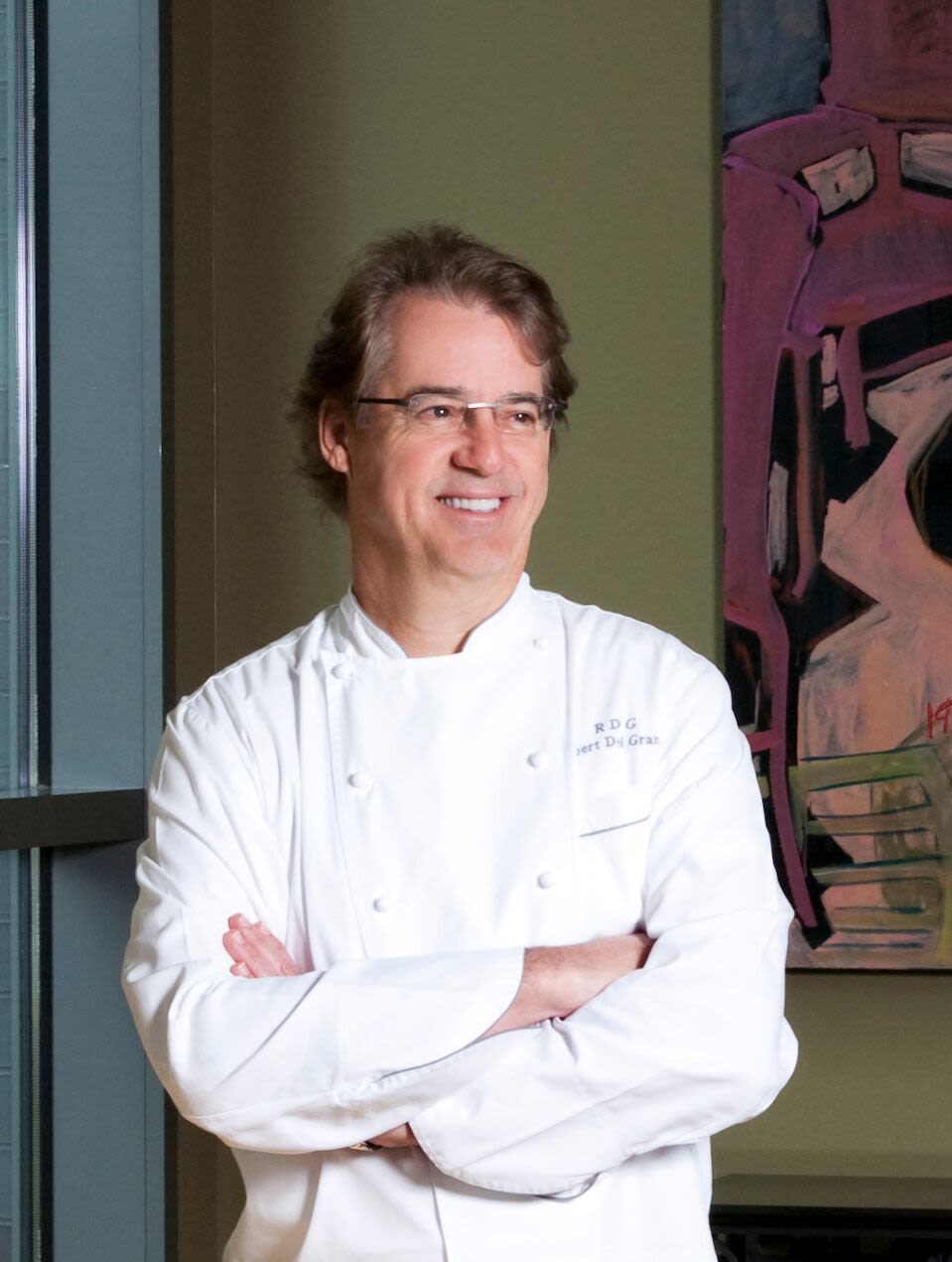
Robert Del Grande, chef-owner of Café Annie once again.
Image: Julie Soefer
"Crazy isn't it?" asked Robert Del Grande during a quick breather during yesterday's lunch service. "If someone told you this is how the story is going to go, you'd say 'No way!'" The chef is talking about his tale as a whole—how he earned his PhD from the University of California at Riverside and chased his librarian girlfriend, now wife, Mimi, to Houston.
They both ended up working at her sister's year-old French restaurant, Café Annie, then little-by-little twisted it into a defining hub of Southwestern cuisine, earning Del Grande Houston's first James Beard best chef award. That's pretty crazy. But so is the latest twist.
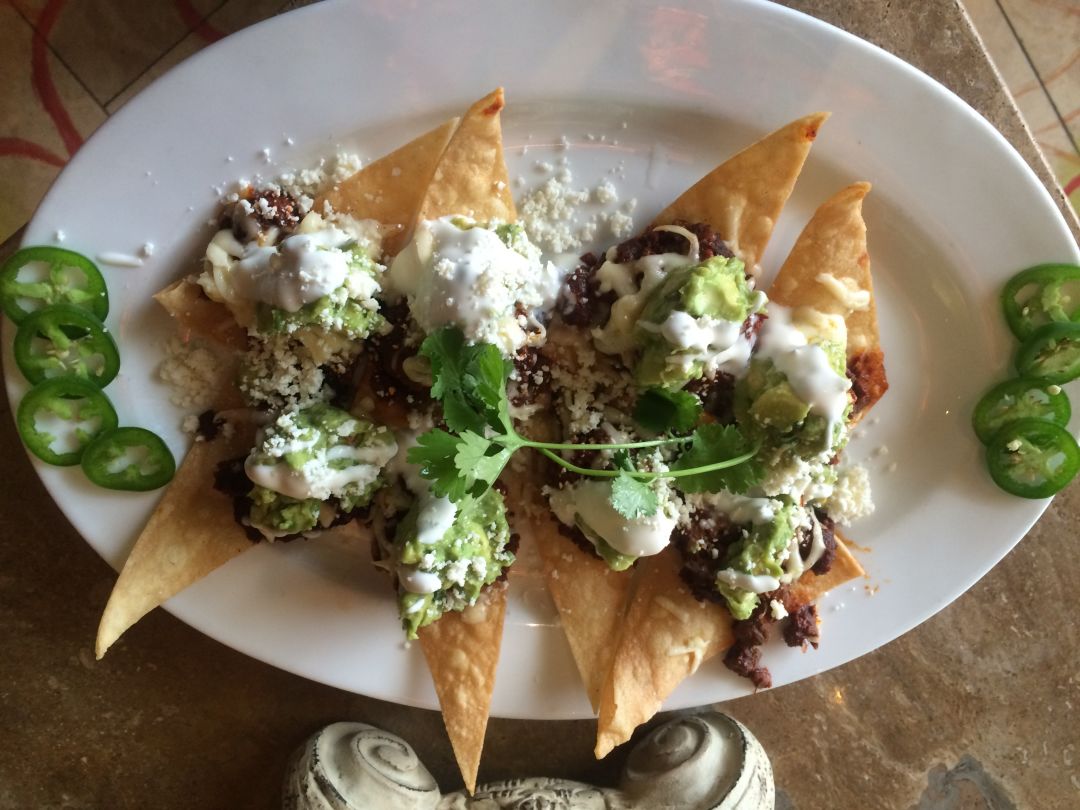
Café Annie nachos.
Image: Alice Levitt
As of today, Café Annie is back for good. The Del Grandes closed the landmark restaurant, which pioneered and popularized the Southwestern cuisine movement of the 1980s, in 2009 when its building was bulldozed to make way for BLVD Place. Shortly after, the Del Grandes opened RDG + Bar Annie just up Post Oak Boulevard, keeping and appointing a portion of their former restaurant's name to the bar; it was a nod to the scene that Del Grande's longtime publicist, Mark Sullivan, described as the "rambunctious cultural epicenter of Houston."
Today, the Café Annie logo replaces the RDG sign at 1800 Post Oak. "RDG is now Café Annie. It's exactly what it was before," Sullivan explained. The change comes hot on the heels of news that another titan of pre-2000s Houston cuisine, Mark Cox, is closing his namesake restaurant in Montrose; Mark's American Cuisine opened in 1997, paving the way for Lower Westheimer as a dining destination.
At the newly revived Café Annie, it's not just the sign that's back—the menu has returned to form, too. Crab tostadas, rabbit enchiladas and the oft-copied coffee-rubbed filet of beef are all on the menu at the new Café Annie. Other dishes, such as uncommonly elegant nachos made with spoon-shaped tortilla chips individually topped with red chile beef and guacamole, black beans, cheese and crème fraîche, have stayed on the menu all along.
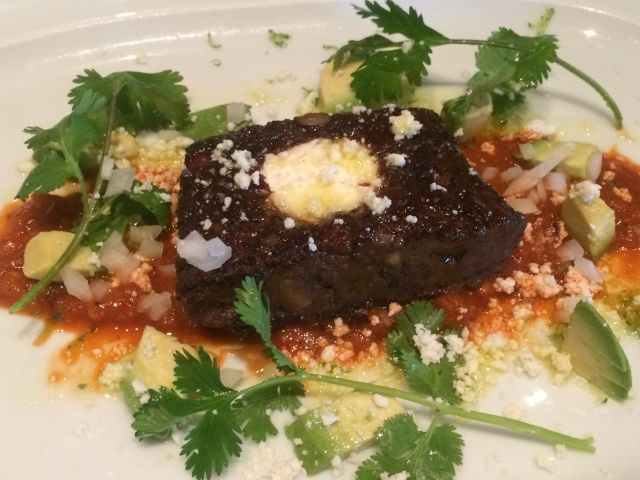
The black bean terrine is back.
Image: Alice Levitt
But Del Grande was particularly eager to discuss his black bean terrine, a seminal creation in his canon. "The wild thing about this dish is its deep roots in Oaxacan cuisine," he said. But in the late 80s, upscale restaurants still lived in the shadow of French nouvelle cuisine. His answer to serving larded black beans spiced with chorizo to a chic Houston crowd? Make it into a Euro-style terrine. In the center, he added a log of Paula Lambert's Dallas-made Mozzarella Company goat cheese because it was the most local fromage he could source at the time.
By September 1, 1987, the recipe was picked up by now-defunct Copley News Service, which called it "an outstanding appetizer and a gorgeous addition to your summer buffet." Housewives reading the Southeastern Missourian were likely as nonplussed as the diners who interpreted terrine as tureen and thought they were ordering a soup. But at a Southwest cooking conference at the then-newly minted Four Seasons Hotel Houston, fellow chefs were impressed by Del Grande's Tex-Mex take on a classic foie gras terrine. "It's sort of Mexican-marries-French," Del Grande said.
It's all part of Del Grande's virtual return to a place and time where "culture met counter-culture" as he put it. "You could have fun and be irreverent," he remembered of his Café Annie days. We can only imagine what that irreverence will bring in the years to come.
